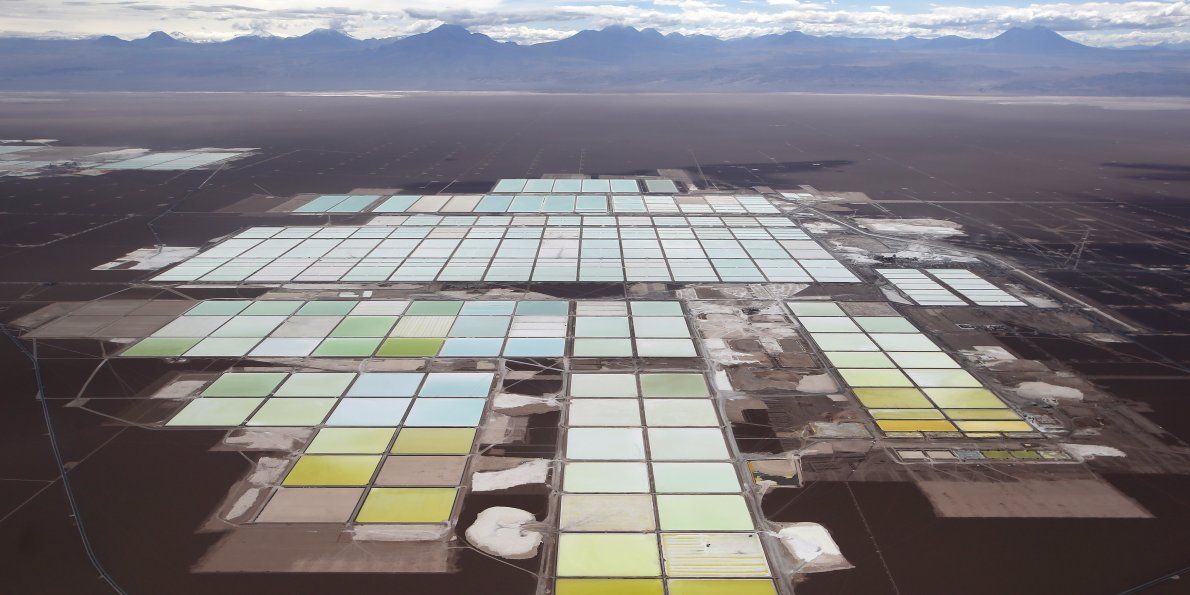With the EV market about to explode and the European Union planning a battery-making consortium to bring the continent onto the global EV battery scene, Stanford researchers released a paper claiming their sodium battery could compete with the lithium-ion market leader.
New battery development has been fairly slow against the backdrop of the projected electric car market size, and so far no innovation has proved to be as economical as lithium-ion. The Stanford battery uses sodium—a cheaper, more abundant material than lithium—and is still in the development stages.
Sodium makes up the Stanford battery’s cathode, and the anode is made from phosphorus, with the addition of a compound called myo-inositol, which can be derived from rice bran or corn. According to the researchers, this chemical combination yields efficiency rates comparable to that of lithium-ion batteries at a lower cost—a much lower cost.
